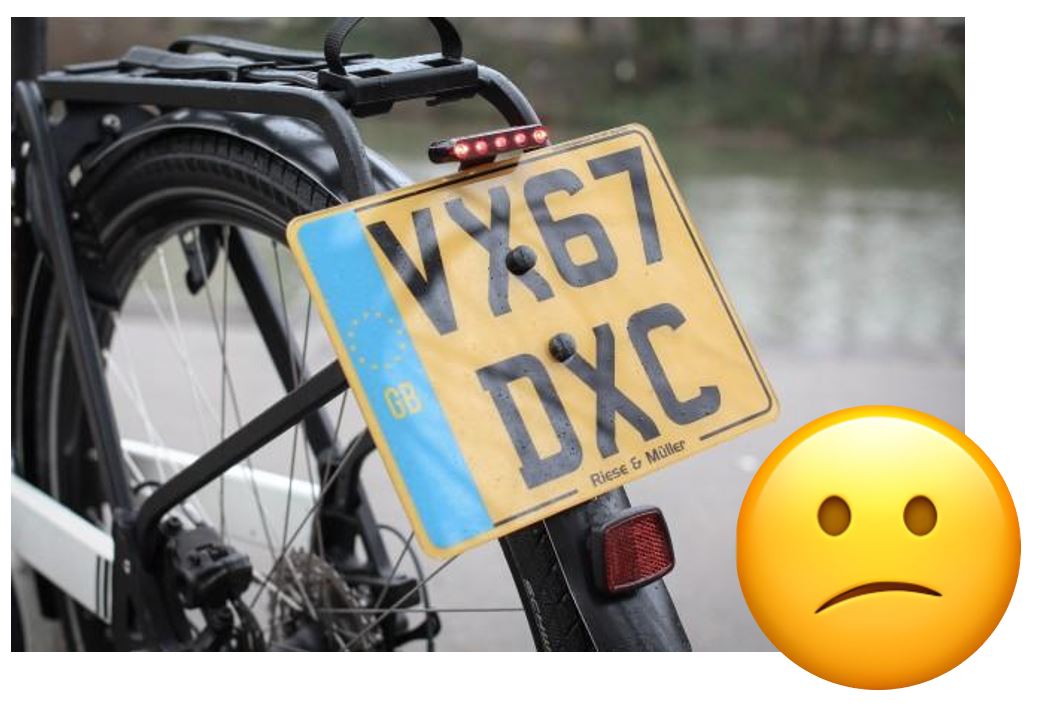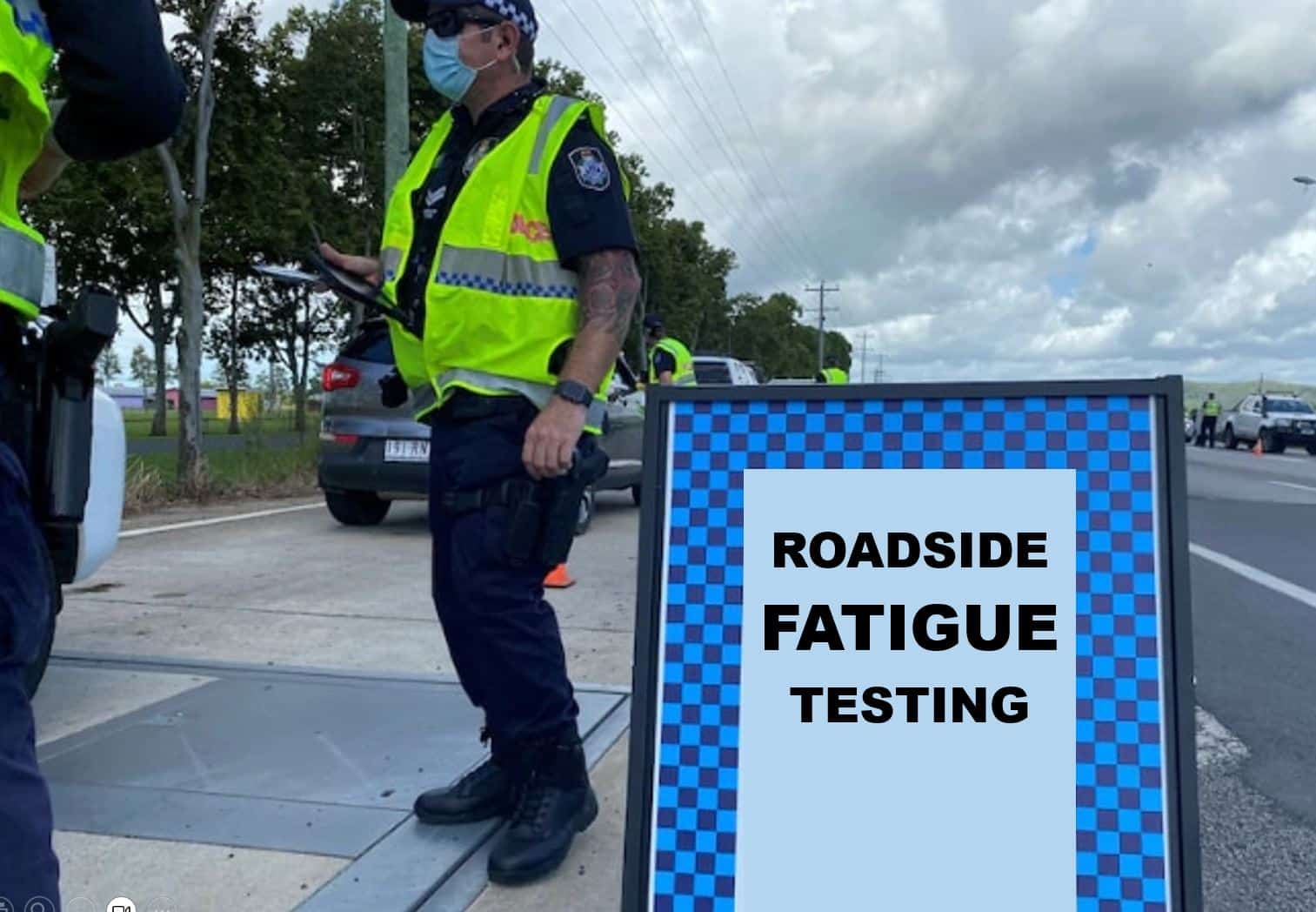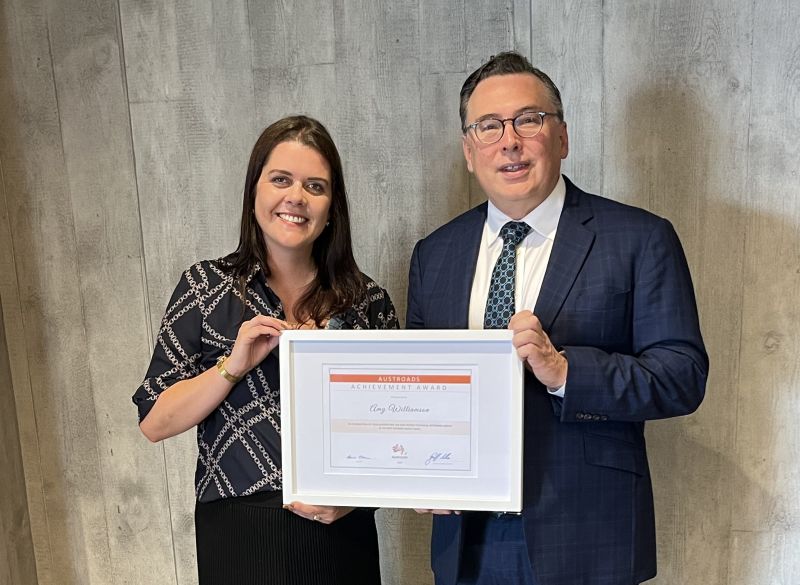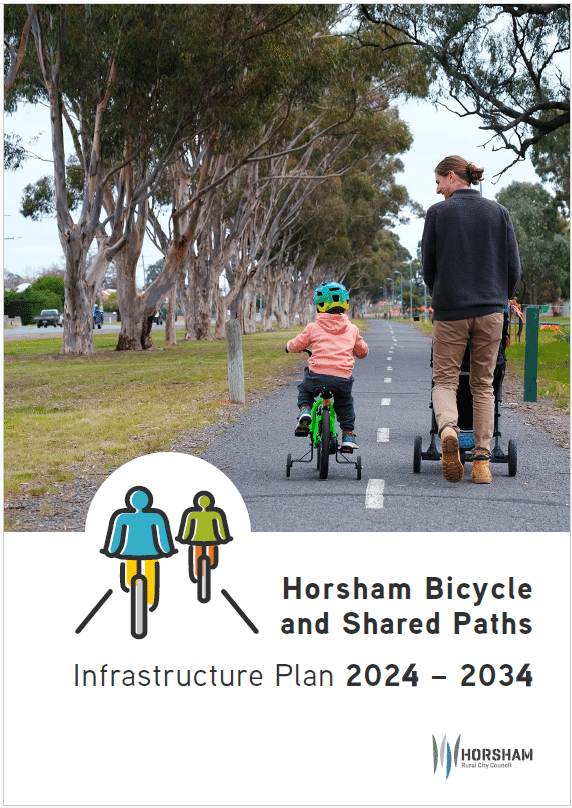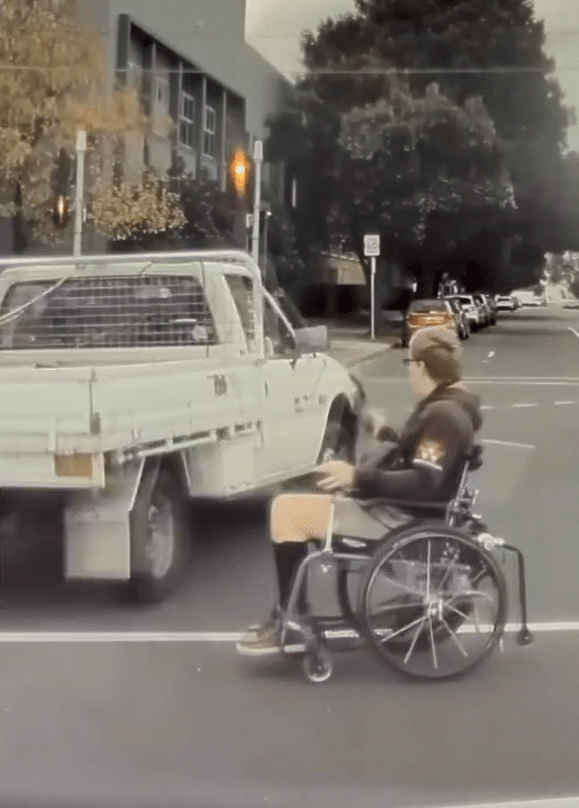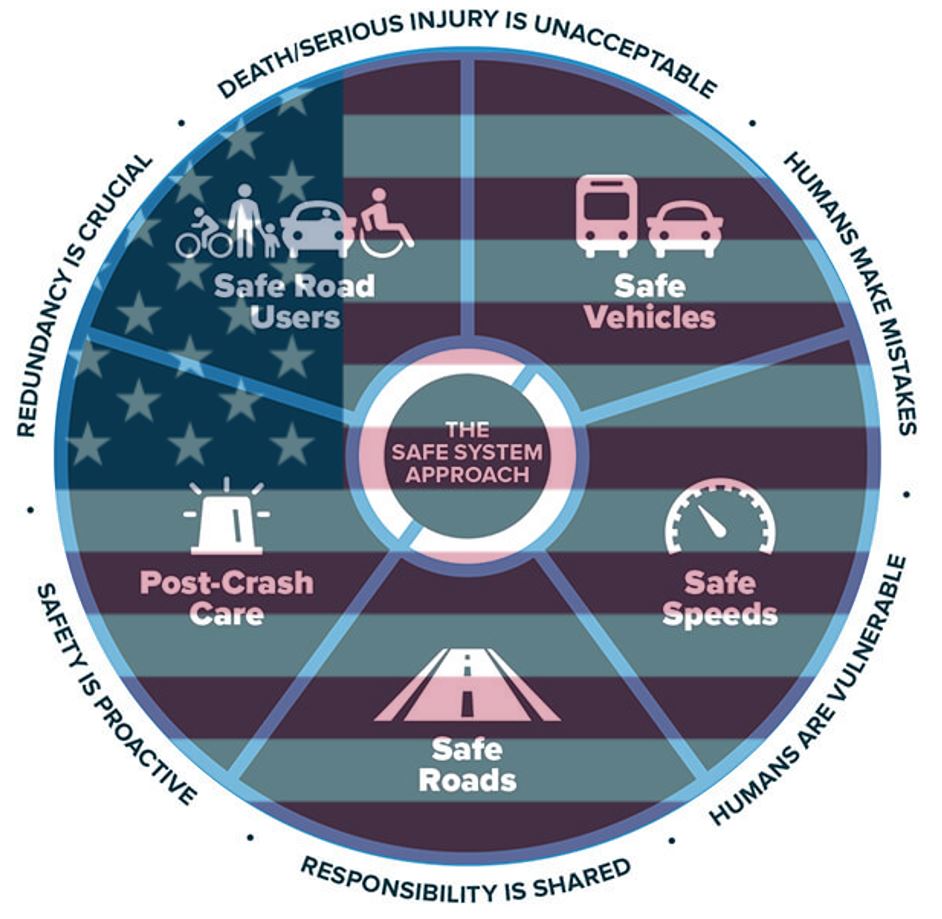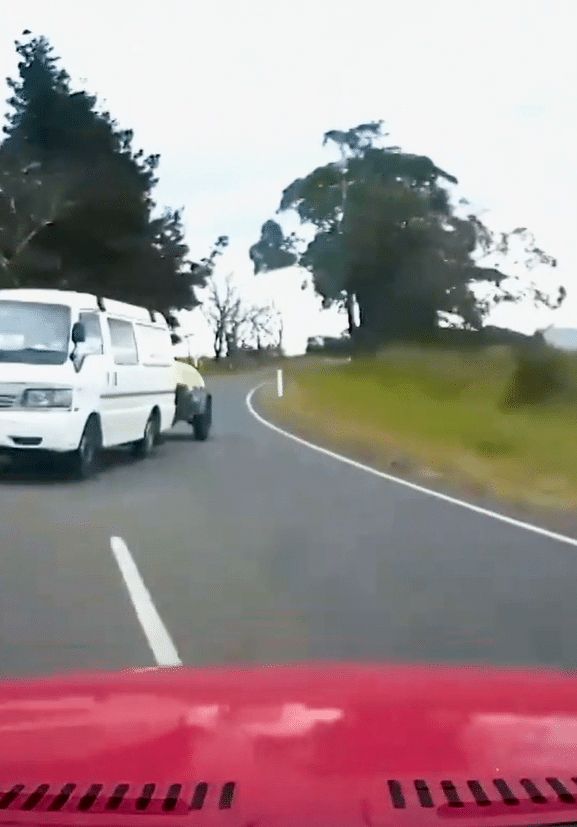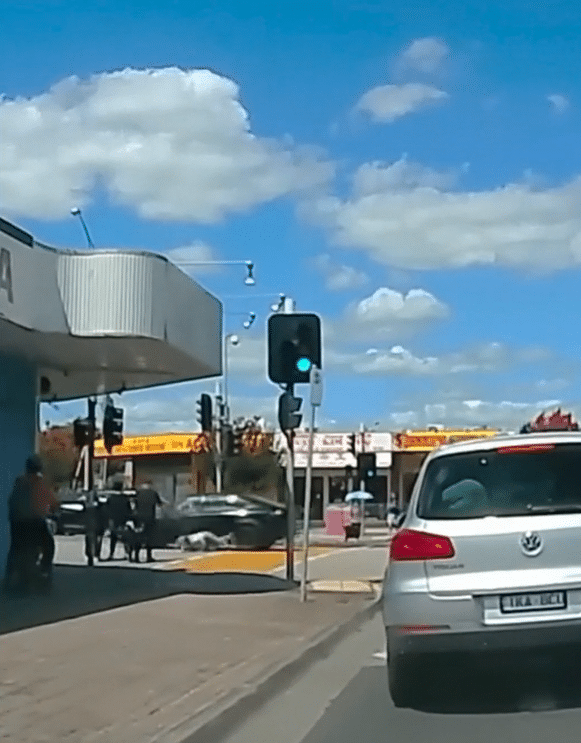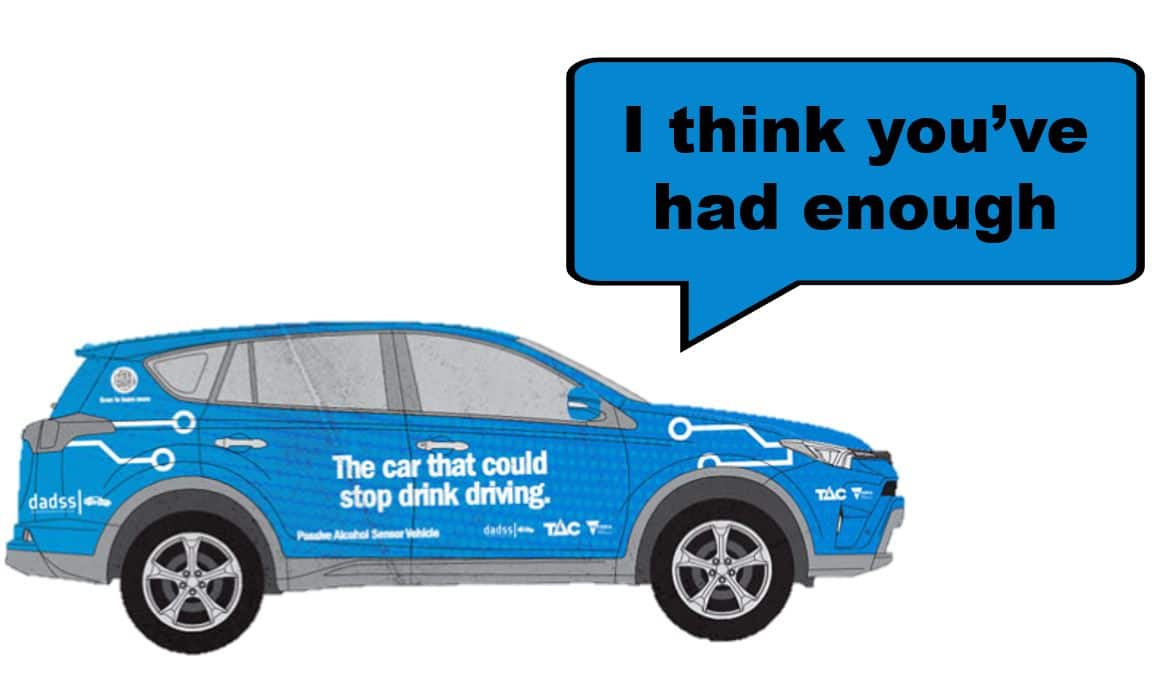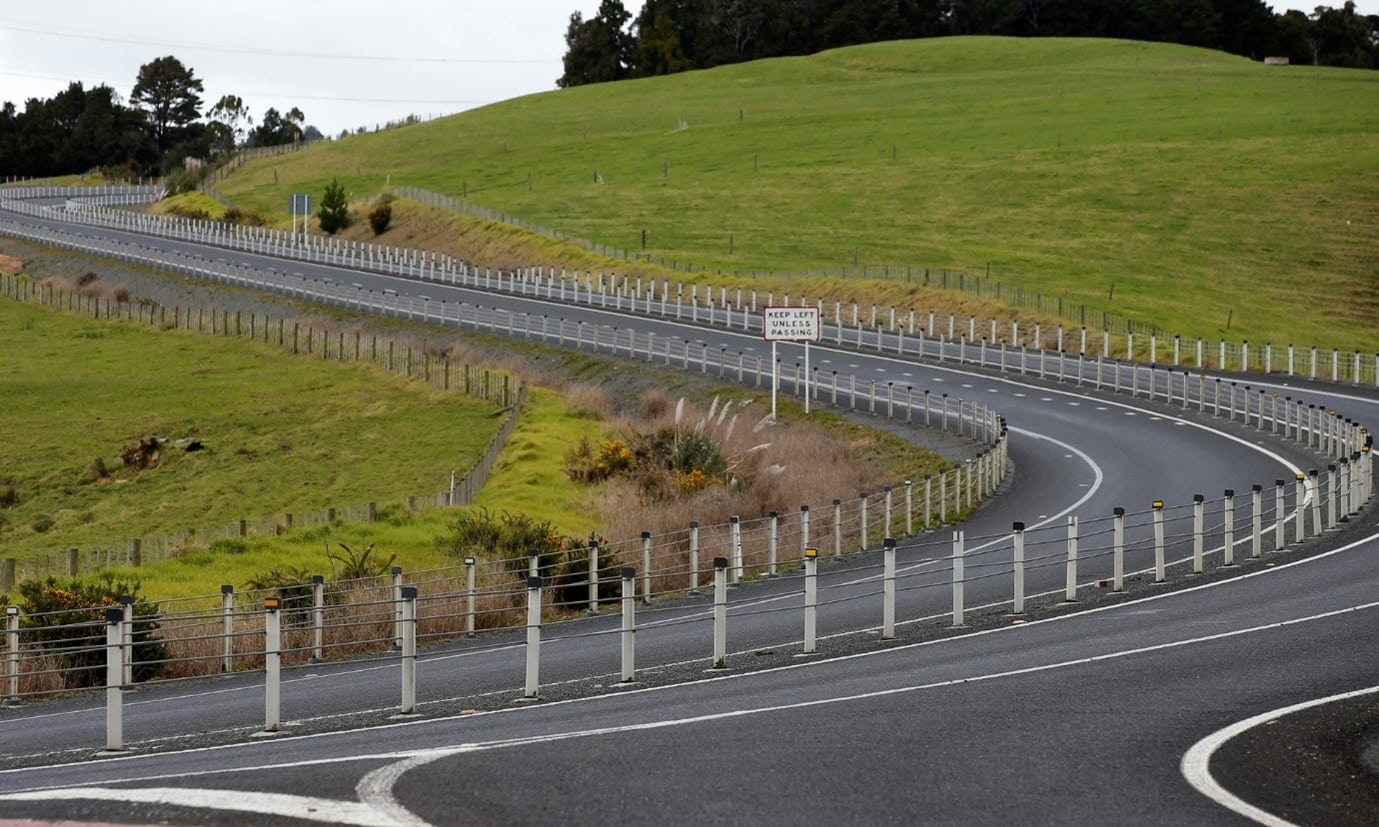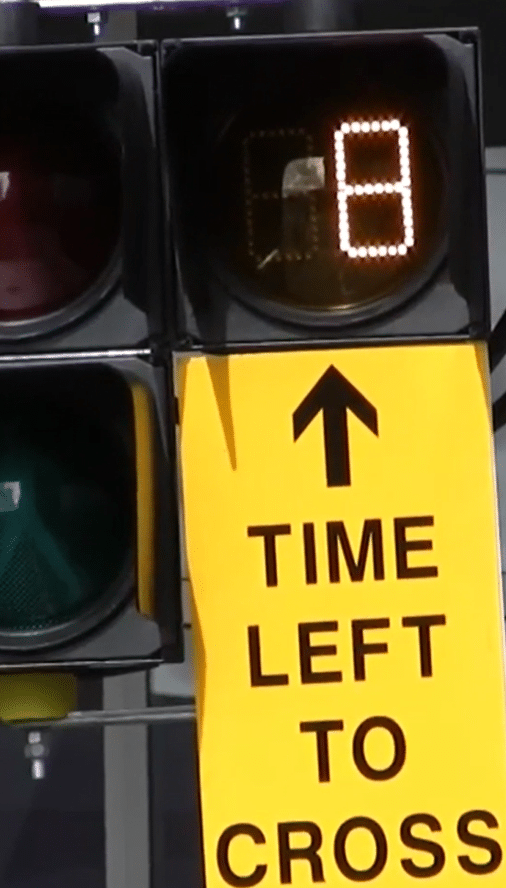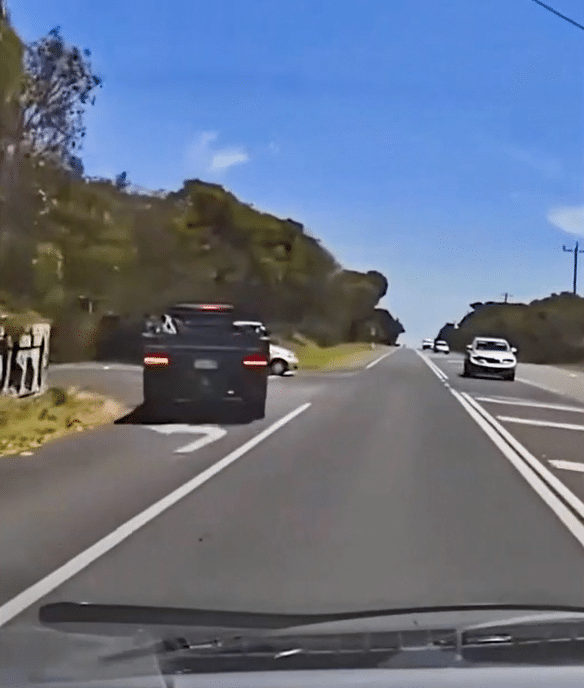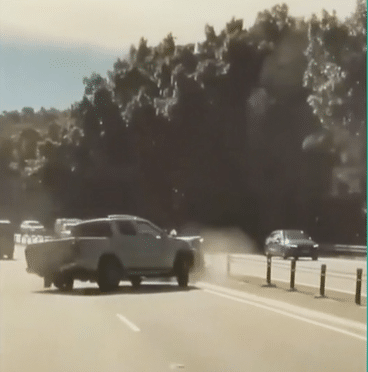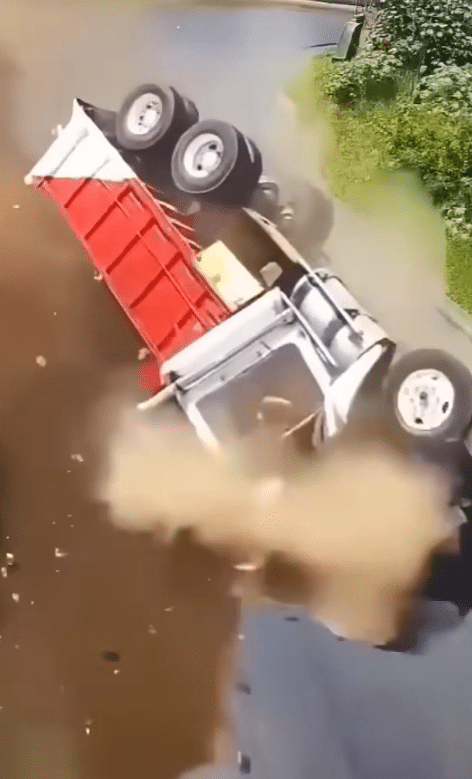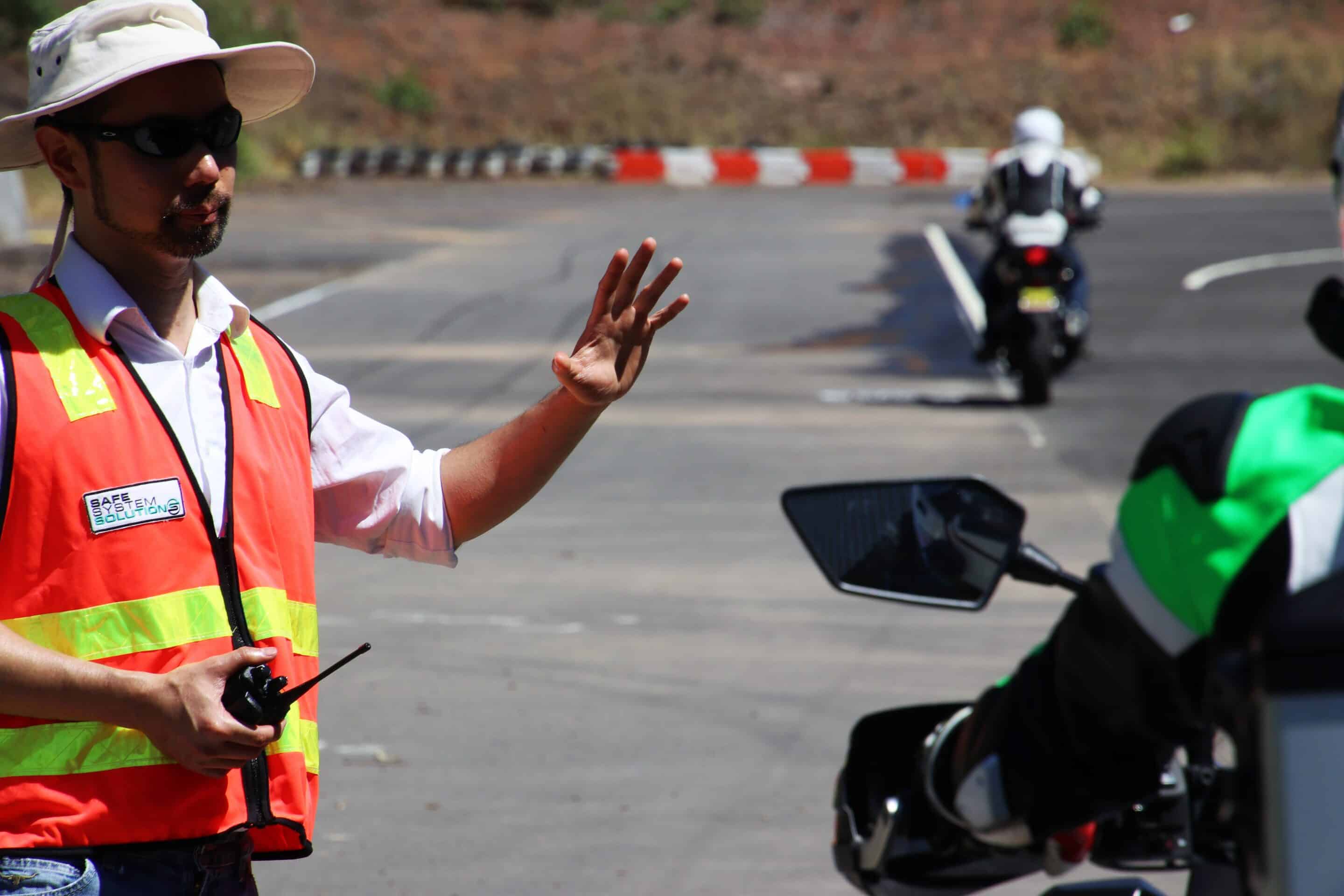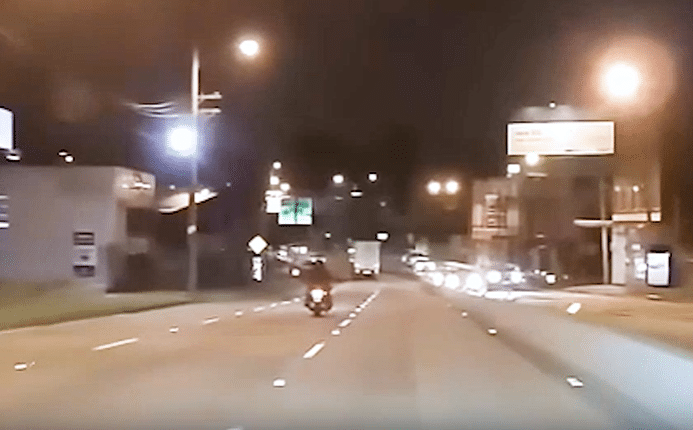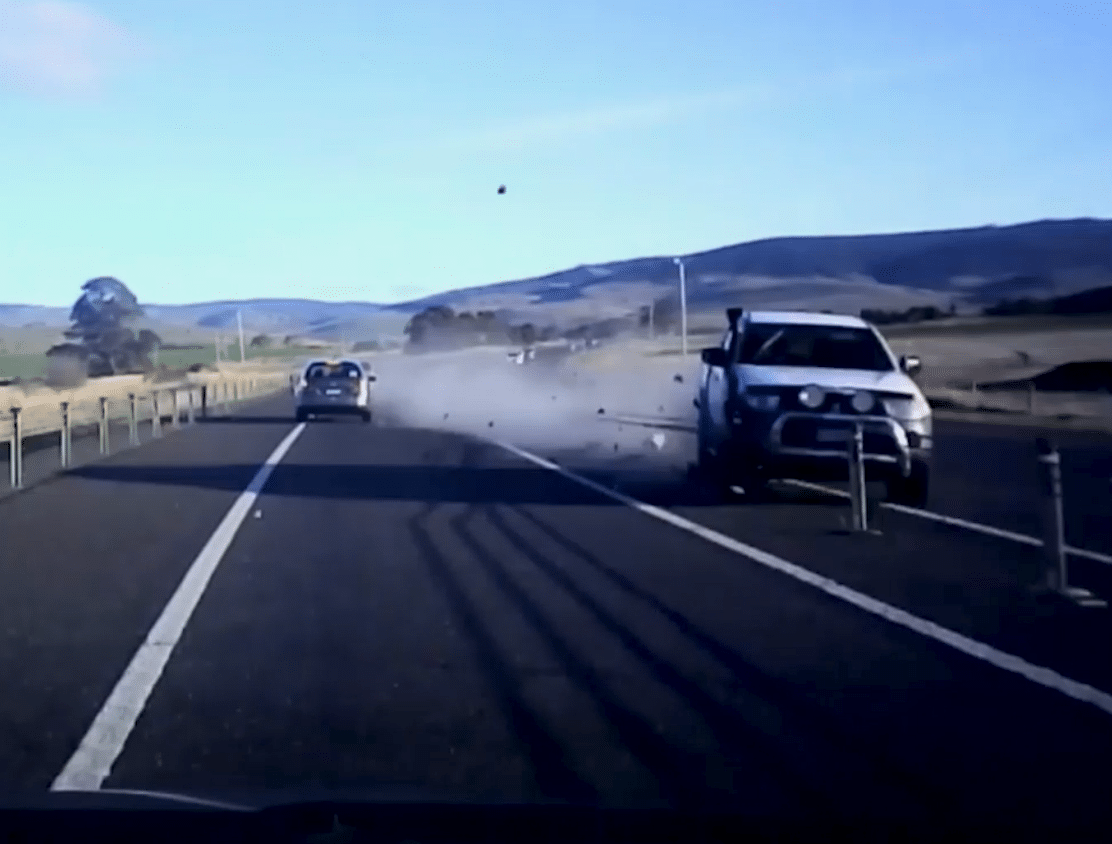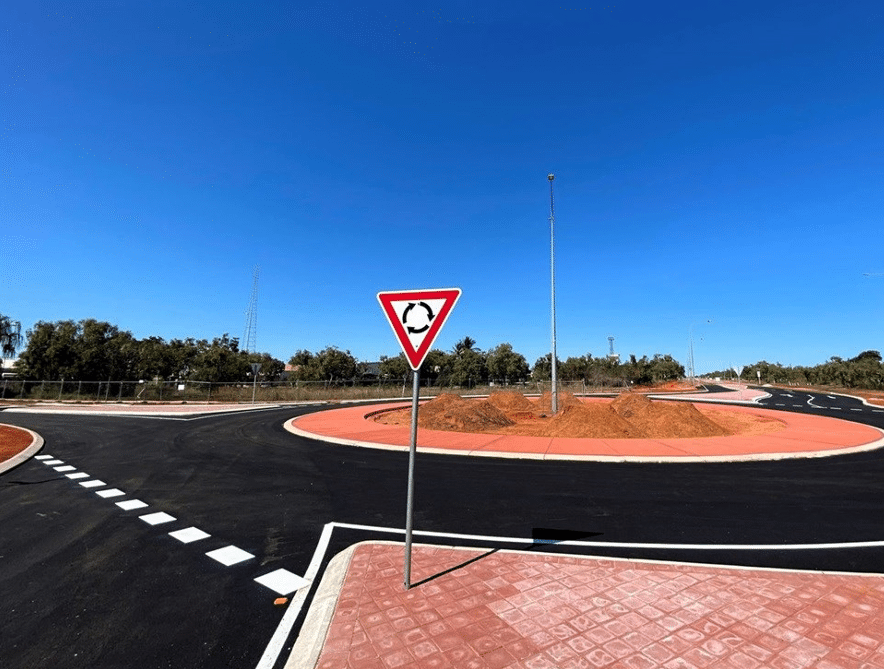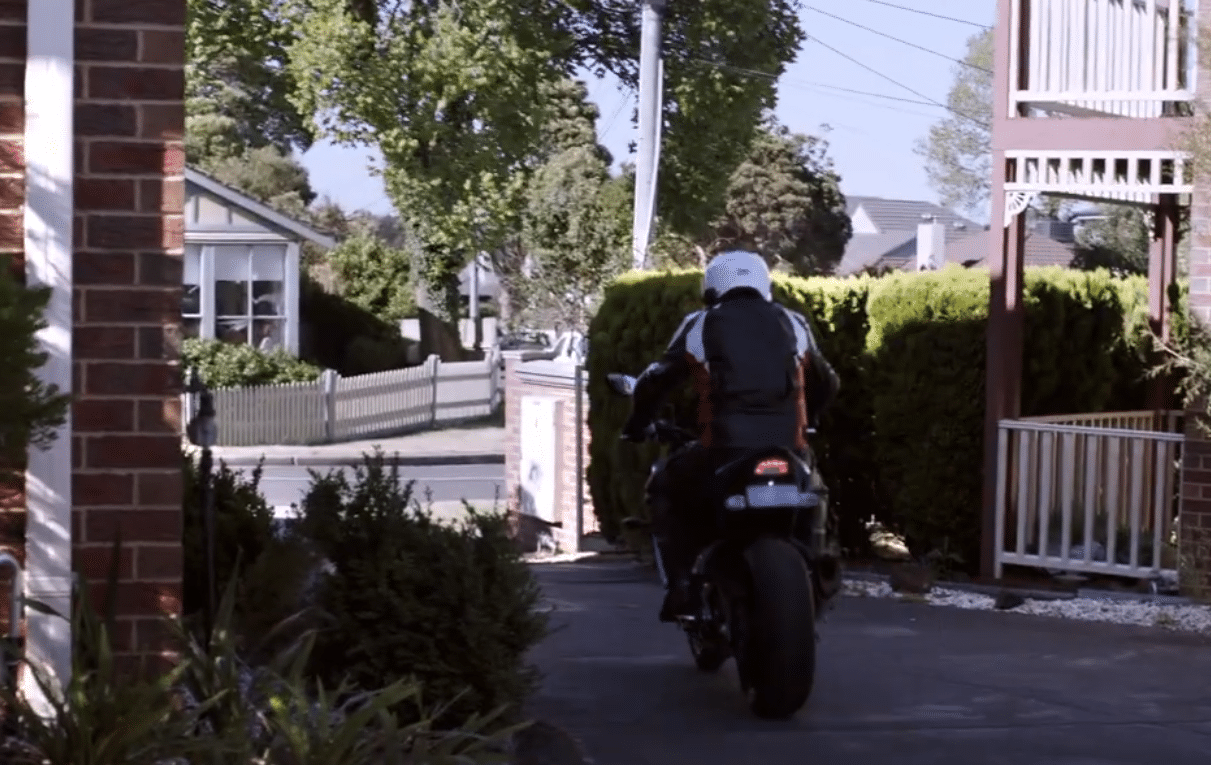Latest News
Safe System Snippet 420: Cyclist registration – tell ‘em they’re dreaming
A common misconception is that car registration pays for road construction. In reality, roads are funded through general taxation, meaning everyone contributes - cyclists, pedestrians, and drivers. State and Territory registration fees cover insurance and...
Safe System Snippet 419: Is It Time for Roadside Fatigue Testing?
There was a time when roadside alcohol and drug testing seemed impossible, yet today, they're essential tools in the road safety toolkit. So, where are we now with roadside fatigue testing? Fatigue is a major contributor to road trauma, but there’s still more work to...
Dr Amy Williamson awarded for ‘exceptional’ road safety leadership
Dr Amy Williamson, Safe System Solutions Technical Lead – Safe People, has received a prestigious Austroads Achievement Award for leadership in road safety. The award recognises Amy’s exceptional leadership as the inaugural chair of the Australian and New Zealand...
Case study: Horsham Bicycle and Shared Paths Plan
Would you ride a bike to work if the journey was on flat terrain, less than 5 kilometres, and in a moderate climate? Sounds ideal, right? That’s the situation for most people living in Horsham, in Victoria’s west, yet just 1% of Horsham workers cycled to work in...
Safe System Snippet 417: Sight distance height pedestrians
While this near miss involves a driver that is incorrectly and inappropriately using the intersection, it does highlight one of the additional risks for those trying to navigate the road network in a wheelchair or mobility scooter; their lower eye height compared to...
Safe System Snippet 416: The Safe System approach is taking off in the USA
The Safe System’s principles - proactive interventions and designing roads that anticipate, minimise and manage human error are reshaping how practitioners in the USA think about road safety. These are exciting times for the transport safety community as the Safe...
Safe System Snippet 415: Run-off-road crash risks at intersections
When we think about intersections, the focus is often on conflict points (those spots where vehicles can collide due to crossing paths). But did you know intersections also pose a higher risk for run-off-road crashes? This happens when drivers or riders are forced to...
Safe System Snippet 414: Shining a light on pedestrian safety
Pedestrians are the most vulnerable road users, facing high risks on our roads and streets. This is one of the reasons we are corporate supporters of Victoria Walks. One of Victoria Walks’ great pieces of work (with the help of the TAC and MUARC) looked at ten years...
Safe System Snippet 413: Your car is getting smarter, and it doesn’t like your drinking
Alcohol is a factor in approximately 20% of all road fatalities. The Foundation for Alcohol Research and Education estimates the annual social cost of alcohol abuse in Australia exceeds $36 billion, with 25.5% of this tied to alcohol-related traffic crashes. Since...
Safe System Snippet 412: Wire Rope Safety Barrier on Curves
The minimum allowable curve radius for wire rope safety barriers in most jurisdictions is 200m (or the supplier’s minimum recommended radius - whichever is greater). However, some jurisdictions allow a 100m radius curve to be used in specific situations (e.g., in...
Safe System Solutions marks 1,500th Road Safety Audit
Safe System Solutions recently celebrated a major milestone: our 1,500th Road Safety Audit! While each of these audits has been fascinating in its own way, this one stood out as particularly unique. Why? Because it involved assessing the safety impacts of projecting...
Safe System Snippet 411: Pedestrian countdown timers – benefits and challenges
First gaining popularity in the early 2000s, pedestrian countdown timers are now widely implemented worldwide. These devices integrate a countdown display with pedestrian signals, showing the seconds remaining for pedestrians to safely complete their crossing. ...
Safe System Snippet 410: Dynamic visual obstruction
Dynamic visual obstruction is the term for when a moving vehicle blocks another road users’ sightlines. Austroads Guide to Road Design Part 4A now includes a section on Offset Rural Channelised Left Turn Treatments. This was added as part of the 2023 update in...
Safe System Snippet 409: Selecting the right barrier system
What begins as a simple drift-off lane departure can quickly escalate into a higher-angle cross-median crash. The angle at which a vehicle impacts a barrier significantly affects the energy transferred to occupants during the crash. Flexible barrier systems are...
Safe System Snippet 408: Managing Load Transfer Ratio
Load Transfer Ratio (LTR) plays a crucial role in vehicle dynamics, describing the distribution of weight shifting between tyres during manoeuvres such as cornering, braking, or accelerating. Properly managing LTR is vital for ensuring stability on the road. Several...
The role of expert witnesses in motorcycle crash cases
Safe System Solutions offers transport and road safety expert witness services and litigation support across Australia, including specialist expertise in motorcycle crash cases. The role of an expert witness is to help the court understand the complex factors...
Safe System Snippet 407: Motorcyclists crashing with barriers
When motorcyclists crash into barriers, one of two things will be happening (according to the University of NSW): ~50% are already off the bike, sliding along the ground, colliding with the base of the barrier system. The other ~50% are still on the bike, trying to...
Safe System Snippet 406: Preventing errors from becoming tragedies
Humans make mistakes—that’s just a reality. But our roads need to be forgiving, so when those mistakes happen people are not killed or seriously injured. That’s why median barriers are so important: they’re literally life-saving. While we will continue to work to...
Safe System Snippet 405: Rural Roundabouts: A Proven Safe System Solution
Roundabouts are a well-known rural Safe System treatment, and for good reason. They reduce crashes and crash severity by slowing vehicles on approach, reducing conflict points, and ensuring any collisions happen at safer angles compared to right-angle crashes. That’s...
Safe System Snippet 404: Motocycle protective gear
“Protect Your Entire Body on Every Ride” - valuable advice from the Victorian Transport Accident Commission (TAC) regarding motorcycle protective gear. While wearing a helmet is the only legal requirement, it’s simply not enough. Covering your entire body can make a...

